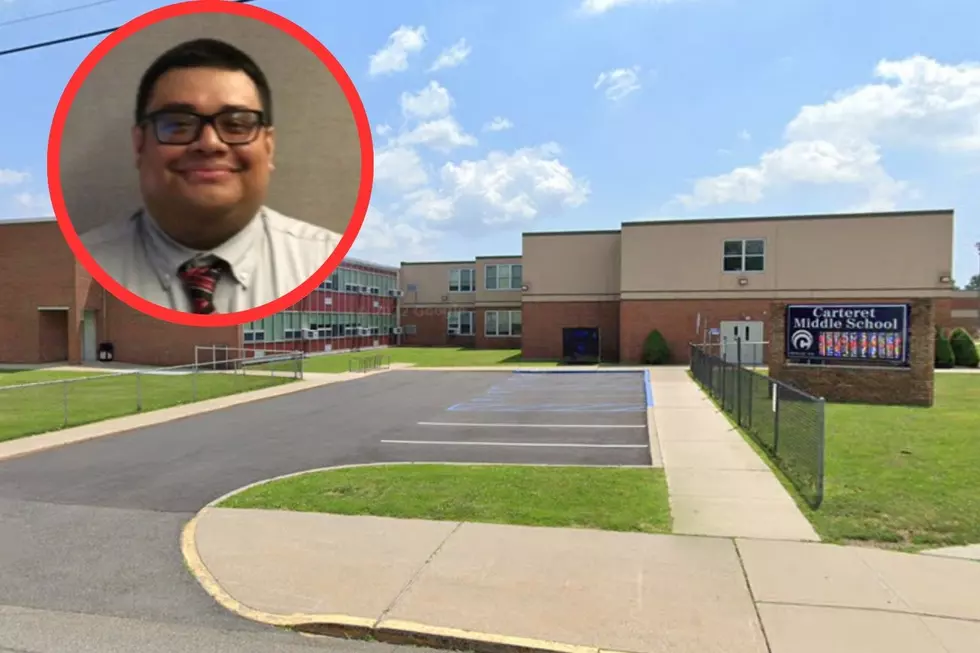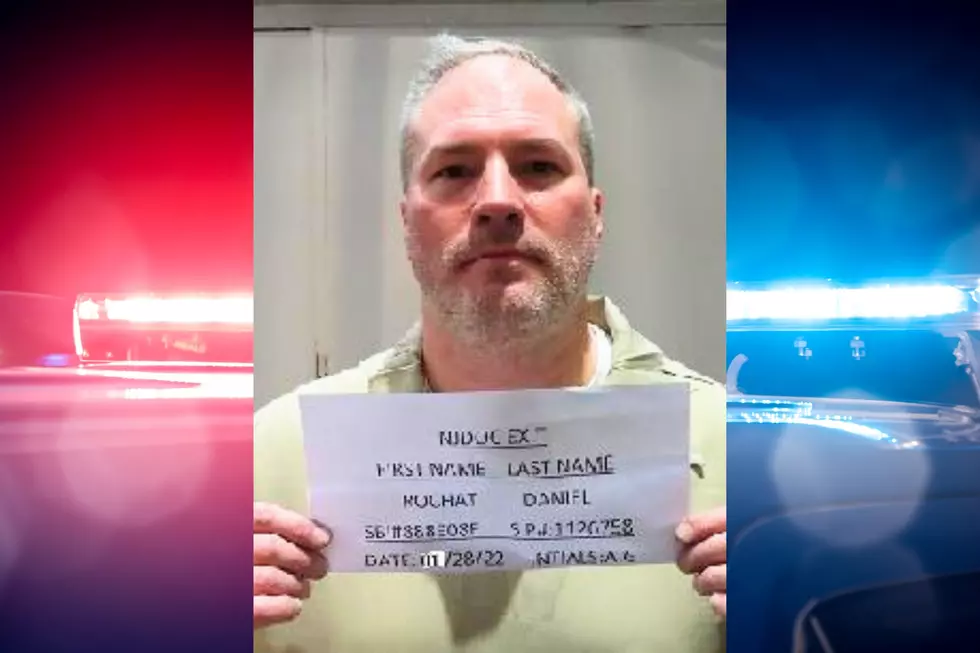
To keep the power on in an emergency, how about thinking small?
The New Jersey Board of Public Utilities is moving forward with a plan to develop microgrids, small energy generation facilities that could power hospitals, university campuses and even sections of a town in case of an emergency.
“The idea of developing microgrids is to increase resiliency. Storms like Superstorm Sandy particularly have highlighted the potential vulnerabilities of the electric grid," said Richard S. Mroz, president of the New Jersey Board of Public Utilities.
He said right now the electric grid that New Jersey and several nearby states are hooked up to draws power from big natural gas and nuclear plants.
“Here with the ability to have localized generation, we can ensure that resiliency, that islanding if it’s necessary in an emergency,” he said.
He said if we can establish microgrids in locations such as campuses of a universities, hospital or areas where there are municipal buildings all connected together and can share power, then “in the event of an outage, that’s a real advantage from a resiliency standpoint, to shelter people and to have people continue to continue what they’re doing in the event of an emergency.”
So how will microgrids be built, how much will they cost and who is going to foot the bill?
“That’s what we’re hoping developers will do when they develop these plans,” Mroz said.
He said the BPU is anticipating taking applications from developers in the near future, and then feasibility studies could be issued for them.
“We don’t yet know whether a new type of for-profit company would do it, but we also expect municipalities or towns to potentially be the owners and managers of microgrids,” he said.
Mroz also said the BPU would work with developers to locate financial resources, perhaps from the federal Department of Energy or current energy providers to move plans forward.
He said as technology advances, microgrids may be able to incorporate solar power and energy storage capabilities to “provide that resiliency and that islanding and that ability to manage energy at a local level."
The bottom line, Mroz said, is “to have microgrids manage electricity locally in a better way, because if the poles and wires go down then the whole grid could go down. It’s important to explore because we just don’t want to be in a situation where we are in a critical facility like a hospital where we don’t have power.”
He said New Jersey’s energy Master Plan created in 2011 and updated in 2015 looks to explore this energy realm, in order to increase resiliency.
More from New Jersey 101.5:
More From New Jersey 101.5 FM









